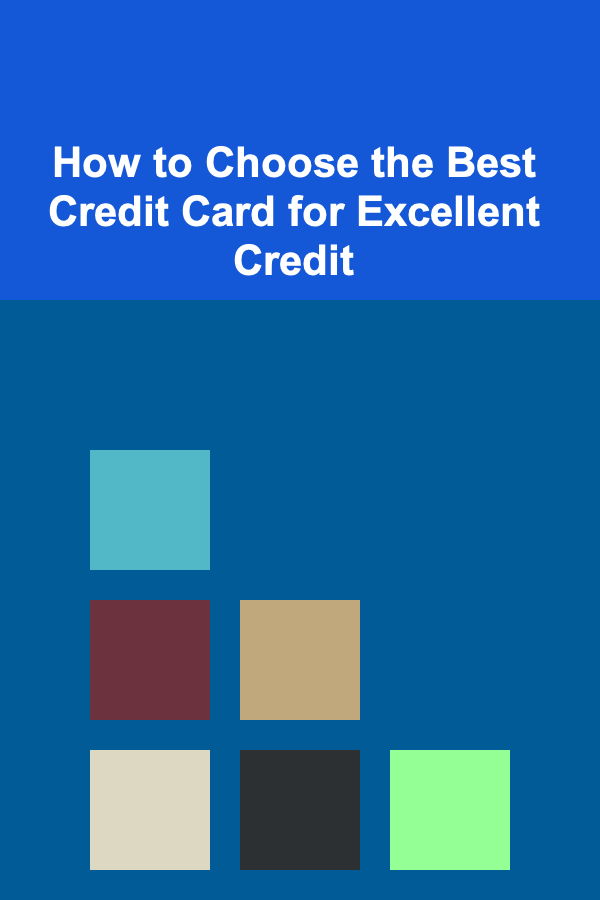
The IT Manager's Playbook: Essential Techniques for Managing IT Projects and Teams
ebook include PDF & Audio bundle (Micro Guide)
$12.99$6.99
Limited Time Offer! Order within the next:

In today's fast-paced business environment, IT managers are at the heart of innovation, efficiency, and problem-solving. Managing IT projects and teams effectively is not just about technical knowledge---it's also about leadership, communication, and strategic planning. As organizations grow and technology becomes more integral to daily operations, the role of an IT manager becomes increasingly critical.
This actionable guide is designed to provide IT managers with the essential techniques and tools to navigate the complexities of managing IT projects and teams. Whether you're overseeing a small team or leading a department in a large organization, the following strategies will help you deliver projects successfully, manage people effectively, and contribute to the overall success of your organization.
Master the Basics of Project Management
Understand Project Methodologies
Before diving into the details of managing an IT team, it's important to master the core project management methodologies. The choice of methodology will significantly affect the success of your project, so it's vital to understand the strengths and limitations of each.
- Agile: Agile methodologies, such as Scrum or Kanban, are popular in IT because of their flexibility and iterative approach. Agile allows teams to work in sprints, delivering smaller, incremental features, which can be adjusted based on feedback.
- Waterfall: A more traditional approach, Waterfall is linear and structured, where each phase of the project must be completed before the next one begins. Waterfall is often preferred for projects with well-defined requirements and a clear timeline.
- Hybrid Models: Some projects benefit from a hybrid approach, combining elements of both Agile and Waterfall to fit the project's needs. This approach is helpful when some elements require flexibility while others are rigid.
Key Tips for Managing Projects
- Set Clear Objectives: Define your project goals clearly at the outset. Ensure they are SMART (Specific, Measurable, Achievable, Relevant, Time-bound) to guide your team effectively.
- Create Realistic Timelines: IT projects often suffer from unrealistic timelines. Always add buffer time to account for unforeseen delays, especially with complex technology integrations or new technologies.
- Prioritize Tasks: Not all tasks are created equal. Using tools like the Eisenhower Matrix or MoSCoW method (Must have, Should have, Could have, Won't have) helps prioritize tasks according to their urgency and importance.
Building and Managing High-Performance Teams
Effective team management is one of the pillars of IT project success. A high-performance team requires more than just technical skills; it needs alignment, communication, and motivation.
Team Composition
- Balance Skillsets: IT projects require diverse skills, from coding to network management to UX design. Build a team with complementary skills, ensuring that each person's expertise fills a gap in the project's needs.
- Empower Team Members: Delegate responsibility and decision-making authority. Empowered teams are more likely to be motivated and produce high-quality results. Trust your team to solve problems and make decisions within the scope of the project.
- Foster a Collaborative Culture: Encourage open communication and collaboration within the team. Tools like Slack, Microsoft Teams, and Jira can facilitate real-time communication and project tracking.
Leadership Skills
- Lead by Example: As the IT manager, your actions set the tone for the team. Be transparent, approachable, and consistent in your decisions. When the team sees you handling challenges with professionalism and integrity, they're more likely to follow suit.
- Provide Constructive Feedback: Regular, constructive feedback helps individuals and teams grow. Praise good work, but also provide guidance on areas of improvement. Regular performance reviews, along with one-on-one check-ins, can keep the team on track.
- Recognize and Reward Success: Acknowledge the hard work of your team. Recognition boosts morale and keeps the team motivated. This can be as simple as public praise during meetings or as formal as team incentives and bonuses.
Effective Communication and Stakeholder Management
One of the key roles of an IT manager is to act as the liaison between the IT team and other departments, including upper management. This requires clear communication and understanding the needs of both sides.
Stakeholder Mapping
- Identify Key Stakeholders: Understand who the decision-makers are, whether they are internal clients, department heads, or external vendors. Each stakeholder has different expectations, so it's crucial to map these out early in the project.
- Tailor Communication: The way you communicate with your stakeholders should be tailored to their needs. Technical teams need detailed, data-driven communication, while senior leadership may prefer high-level summaries. Adjust your language, tone, and format to meet the needs of the audience.
Regular Updates
- Status Reports: Keep stakeholders updated on the progress of the project. Regular reports (weekly or bi-weekly) ensure that everyone is aligned and provide an opportunity to discuss potential obstacles early on.
- Transparent Reporting: Be honest about delays, risks, or resource constraints. Transparency builds trust and ensures that stakeholders are prepared for any challenges that may arise.
Managing Expectations
- Set Realistic Expectations Early: One of the biggest mistakes an IT manager can make is over-promising and under-delivering. It's essential to manage expectations by being clear about what can realistically be achieved within a given timeframe.
- Handle Change Requests Tactfully: Changes in scope are inevitable. However, it's crucial to evaluate how they will impact the timeline, resources, and overall project goals. Communicate these changes to stakeholders early and negotiate timelines or resources where necessary.
Risk Management in IT Projects
Every IT project comes with risks---whether related to technology, budget, or people. An effective IT manager must not only identify risks but also develop strategies to mitigate them.
Risk Identification
- Anticipate Common IT Risks: These include issues like technical debt, integration challenges, system downtime, and cybersecurity vulnerabilities. Additionally, budget overruns and resource shortages can pose significant threats to a project's success.
- Conduct Risk Assessments: Regularly assess and review potential risks with your team. Tools like risk matrices can help prioritize risks based on their likelihood and potential impact.
Risk Mitigation Strategies
- Develop Contingency Plans: For every identified risk, have a contingency plan in place. This should detail how the team will respond to the issue if it arises.
- Monitor Progress: Continuously monitor the progress of the project to detect any signs of emerging risks. This will allow for early intervention before a minor issue becomes a significant problem.
- Communicate Risks Early: If a risk materializes, communicate it to stakeholders immediately. A well-prepared and proactive approach to risk management can mitigate negative outcomes.
Fostering Innovation and Continuous Improvement
In the world of IT, technology is constantly evolving. A successful IT manager needs to foster a culture of innovation and continuous improvement, both within the team and in the projects they manage.
Encourage Learning
- Training and Development: Technology changes rapidly, so it's essential that your team stays current. Provide access to learning resources, such as online courses, certifications, or industry conferences, to help team members grow their skills.
- Promote Knowledge Sharing: Encourage team members to share their insights and innovations. Regular knowledge-sharing sessions or lunch-and-learns can spark creativity and bring fresh ideas into the team.
Process Optimization
- Evaluate Post-Project: After each project, conduct a post-mortem analysis to assess what went well and what could be improved. Learning from both successes and failures helps refine processes for future projects.
- Adopt Lean Practices: Lean thinking is about eliminating waste and improving efficiency. Apply these principles to your project management processes to enhance productivity and reduce unnecessary complexity.
Conclusion
Managing IT projects and teams requires a unique blend of technical expertise, leadership, and communication skills. By mastering key project management methodologies, building high-performance teams, maintaining clear communication with stakeholders, managing risks effectively, and fostering innovation, IT managers can deliver successful projects that meet business goals and drive organizational success.
In an ever-evolving technological landscape, the ability to adapt, learn, and lead effectively will determine whether you, as an IT manager, can thrive in your role and deliver value to your organization. Embrace the challenge, equip yourself with these essential techniques, and lead your team to success.

Beginner Guide: How to Write a Business Plan
Read More
How to Use Lighting to Create a Mood in Your Living Room
Read More
How To Identify Themes and Symbolism in Movies
Read More
How to Explore Quantum Computing for Cryptographic Breaking
Read More
Living a More Intentional and Purposeful Life
Read More
How to Choose the Best Credit Card for Excellent Credit
Read MoreOther Products

Beginner Guide: How to Write a Business Plan
Read More
How to Use Lighting to Create a Mood in Your Living Room
Read More
How To Identify Themes and Symbolism in Movies
Read More
How to Explore Quantum Computing for Cryptographic Breaking
Read More
Living a More Intentional and Purposeful Life
Read More